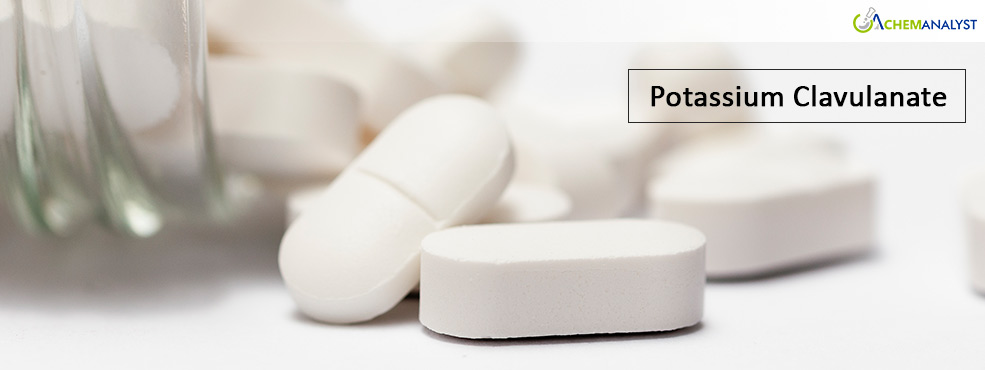Welcome To ChemAnalyst

Potassium clavulanate, crucial for effective antibiotics, is set for significant price drops in June 2025. This decline stems from market oversupply due to increased production and destocking, coupled with reduced seasonal demand for antibiotics. Falling raw material costs, improved supply chains, and intense generic competition further drive prices down. Additionally, regulatory changes and challenges facing Indian pharmaceutical manufacturers, including heightened USFDA scrutiny, contribute to a bearish trend. Stakeholders must re-evaluate sourcing strategies to adapt.
The international pharma market is experiencing major changes, and one of the leading compounds, Potassium clavulanate, will guide expected price movements in June 2025. Its importance lies in the preservation of the efficacy of several life-saving medicines, and accordingly its market trends are a key reference point for healthcare supply chains worldwide.
High hopes are that Potassium clavulanate prices will experience significant dips in the next month, mainly due to marketplace oversupply convergence with demand restraint. Large drugmakers, after increasing production in the wake of winter season shortages, now have excess stock to contend with. Moreover, pre-stocking by certain companies, in expectation of price increases, now accounts for the sale of this excess product, pushing market prices down. China, being a major world supplier of Potassium clavulanate, has significantly raised its export quantities, further creating this excess. On the other hand, warmer seasons experience lower demand for antibiotics as respiratory illnesses decrease, and health professionals are adjusting in bulk orders, expecting future drops in price for Potassium clavulanate. Supply of alternative competitive antibiotic medications also takes away demand from Potassium clavulanate, attributing to the bearishness of Potassium clavulanate.
To be added to the downward pressure on Potassium clavulanate are the steep falls in raw material prices and increased competitive price attempts. Naturally low energy prices from spring through summer months are facilitating the fermentation process in producing Potassium clavulanate, lowering production costs directly. Supply chain effectiveness, like alleviating port congestion and diminished freight rates, has optimized raw material shipping and costs to the maximum. Potassium clavulanate market is also under the risk of hard competition with growing supply of generic options, and hence price wars are becoming more ruthless. Global trade patterns in terms of exchange rates and tariffs are making imports affordable, and local Potassium clavulanate suppliers are required to reduce their prices. Bulk buyers of drugs are also taking advantage of bulk discounts, further squeezing market prices of Potassium clavulanate.
Regulatory changes are also having their say. Indian Pharmacopoeia Commission (IPC) has updated monograph categories for Potassium clavulanate, influencing labeling and marketing. CDSCO has also introduced new guidelines for antibiotic products, influencing procurement choices. These are augmented by other structural issues at Indian Pharma CRDMOs like soft post-COVID destocking demand for stocks, moderation in generic drug off-take, and China's aggressive recapture of market share via lower-priced intermediates. Increased USFDA scrutiny and a global shift towards complex biologics, where Indian players have weaker capabilities, are also affecting conventional API segments like Potassium clavulanate. Major Indian firms, including Divi’s Labs, Aarti Drugs, and Syngene, are already reporting margin erosion and revenue moderation due to falling API prices and reduced client orders for compounds such as Potassium clavulanate.
Industry players, importers, exporters, and consumers ought to be keenly aware and re-evaluate their Potassium clavulanate procurement strategies immediately in response to these predicted declines. Accessing market intelligence platforms for the latest updates is essential to be able to ride out such fluid changes effectively.
We use cookies to deliver the best possible experience on our website. To learn more, visit our Privacy Policy. By continuing to use this site or by closing this box, you consent to our use of cookies. More info.
